It’s centered on the idea that humans have two sides: a rational side (the rider) that plans and knows what is best, and an emotional side (the elephant) that actually get things done.
Year Read: 2011
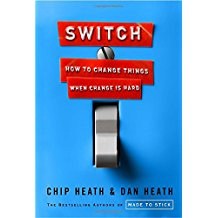
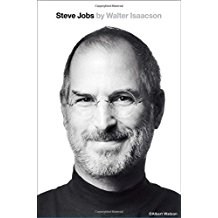
Steve Jobs
Walter Isaacson
2011
Read: 2011
Education/Leadership, Non-Fiction
I downloaded this on the first day it was available. I said at the TEDx conference that I think Steve Jobs will go down as one of the great educational heroes of the 21st century. He may be responsible for actually changing the way the classroom looks – something no one else has done. By putting […]
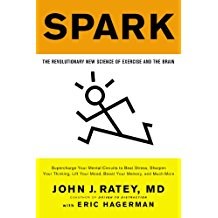
Spark. The Revolutionary New Science of Exercise and the Brain
John J. Ratey, MD
2008
Read: 2011
Education/Leadership, Non-Fiction
Exercise makes us better. Plato had it right when he wrote: “In order for man to succeed in life, God provided him with two means, education and physical activity.
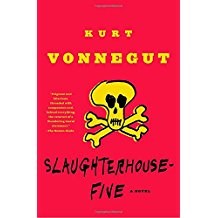
Slaughterhouse-Five
Kurt Vonnegut
1969
Read: 2011
Fiction, Recommended for Young Adults
Continuing my “summer of satire.” This is a book on MBUSD reading lists that I had never read, but had always meant to. It is not the most uplifting of books. The hero is crazy, the aliens question our focus on linear time, and the insanity of war rips throughout the book.

Siddhartha
Hermann Hesse
1922
Read: 2011
Fiction
From rural living to the search for Buddhist meaning in India. If you have read the Power of Now and you liked it, you may find this book meaningful as well. Even if you do not find it meaningful, it does provide a window into Buddhist culture that most school books do not.
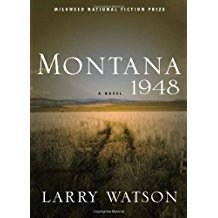
Montana, 1948
Larry Watson
1993
Read: 2011
Fiction
This is another book on the Mira Costa reading list that I had not yet read. It deals with difficult family issues, coming of age, race and rural living. I can see so many ways to use the book in the classroom, and I know it is powerful enough to spark thinking.
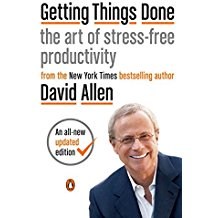
Getting Things Done
David Allen
2001
Read: 2011
Non-Fiction, Reading Now
When I started teaching at age 22, with just two large classes in a high powered high school, I had great ideas. About 10% of my great ideas turned out to be pretty good lesson plans. But behind all of the ideas, there was a jumble. I struggled to keep up with all of the […]
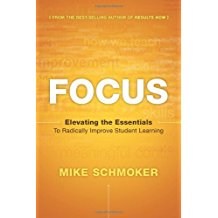
Focus: Elevating the Essentials To Radically Improve Student Learning
Mike Schmoker
2011
Read: 2011
Education/Leadership, Non-Fiction
I love this book. Love it. Mike Schmoker, a long advocate of using data to guide instruction, brings so many of his ideas together here. He has written a simple and direct book that basically says we just need to do two things well: Check for understanding and Promote excellent reading and writing skills. Some quotes: […]